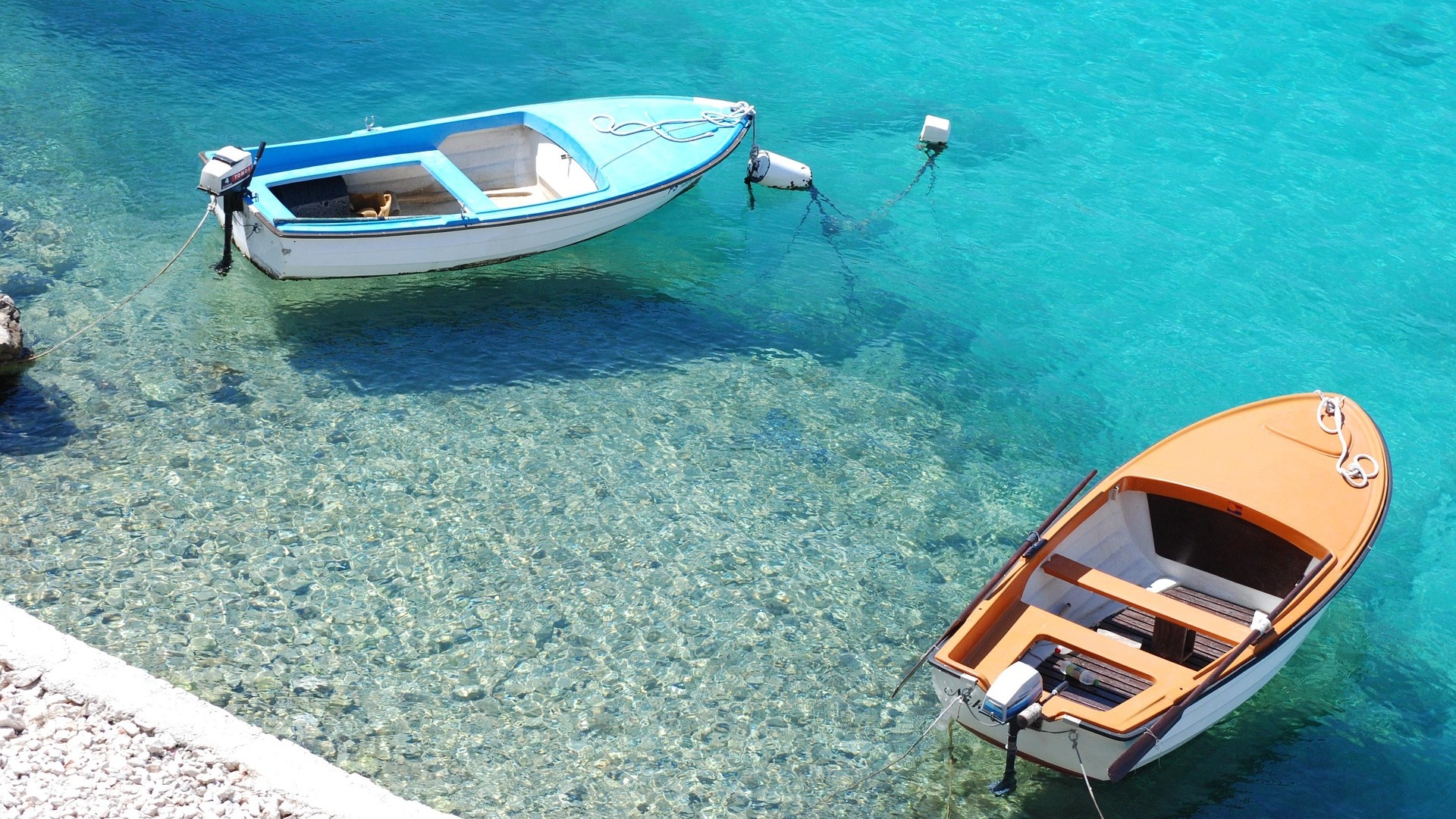“Beyond its scientific value, these results provide a vital toolkit for climate adaptation along the Croatian coast. They’re our first glimpse of the temperatures that aquaculture operations will have to withstand if warming continues unchecked. As we grapple with today’s record-breaking heatwaves, it’s crucial for everyone to recognize that tomorrow’s marine heatwaves will be nearly constant and far more intense,” – explains Dr Cléa Lumina Denamiel, scientist at the RBI Laboratory for physical oceanography and chemistry of aquatic systems, who developed the AdriSC model.
Dr. Cléa Denamiel, a seasoned climate and extreme sea-level numerical modeler, has spent the past decade in Croatia developing high-resolution models that reveal how extreme events and long-term warming will transform the Adriatic Sea and its coastal communities. In a recent paper published in the journal Ocean Science, she details her innovative AdriSC model.
Diving into the Deep Heat
Marine heatwaves are periods when sea surface temperatures exceed their usual climatological values, often by more than two degrees Celsius for at least five consecutive days. While this is a simplified description, it helps illustrate how unusually warm ocean conditions can persist and disrupt marine ecosystems. They begin when the sea rapidly absorbs excess heat from the atmosphere or circulation changes, persist until that heat is redistributed or dissipated, and end as mixing by currents, waves, or river inflow cools the water. MHWs can have severe effects: mass die-offs of heat-sensitive organisms, algal blooms, reduced oxygen levels, and serious threats to fisheries and coastal tourism. Understanding their dynamics is therefore crucial for adapting coastal ecosystems and communities to future climate change.
The AdriSC - Adriatic Sea and Coast model developed by Dr Denamiel simulates ocean and atmosphere at an unprecedented one-kilometre resolution. This fine-grained lens allows researchers to capture the delicate interplay of currents, river plumes and heat exchanges that fuel marine heatwaves, phenomena that coarser global models tend to blur into obscurity.
Dr. sc. Cléa Lumina Denamiel
By applying what scientists call a “Pseudo-Global Warming” approach, Denamiel superimposed the heat of a far-future climate onto today’s weather patterns. The result is a sobering picture: Adriatic heatwaves will become more intense and spread into areas that today are only sporadically affected. In the central and eastern basins, temperatures will spike more often and stay high for longer, stretching beyond summer into autumn and even early winter.
“These aren’t just summer blips,” says Dr Denamiel. “Under extreme warming, we could see near-constant high-temperature events, fundamentally altering the marine environment.”
Hotspots and Hidden Heroes
The model reveals the Po River plume as a key regulator of Adriatic heatwaves. When low flows thin its sediment “sunscreen,” sunlight penetrates deeper and supercharges warming, while stronger discharges scatter heat and ease peaks. Air-sea heat fluxes, especially along the plume’s edge on clear, calm days, further tip the balance toward heatwave onset.
A surprising lull linked to rare oceanographic events, such as occasional inflows of unusually cold deep waters from the Aegean Sea, shows that natural changes in the sea can still influence extreme conditions, while the Ionian-Adriatic oscillation appears to play only a minor role. Importantly, the Pseudo-Global Warming method, despite assuming stationary climate signals, faithfully captures the thermodynamic changes driving these events, suggesting its projections may even underestimate future risks.
Charting a Path Forward
Coastal communities, from Croatia onward, face serious risks. Today’s record sea temperatures already stress fish farms, and a future of frequent, intense heatwaves could devastate aquaculture and local economies. Denamiel’s roadmap pinpoints where and how heatwaves will strike, guiding strategies, from breeding heat-tolerant stock to redesigning pens for improved water flow.
The research is part of the CoastPredict/GlobalCoast initiative, where the AdriSC model and Croatia serve as pilot sites, and aligns with Dr. Jelena Bujan’s European Research Council project aimed at turning high-resolution modelling into practical climate-adaptation measures for the Adriatic coast. As land-based heatwaves continue to dominate headlines, Denamiel’s study reminds us that the oceans, too, are warming at breakneck speed. The AdriSC model gives us a powerful tool to navigate this challenge. With well-planned adaptation measures, the Adriatic may be better equipped to cope with the growing challenge of more frequent marine heatwaves.



